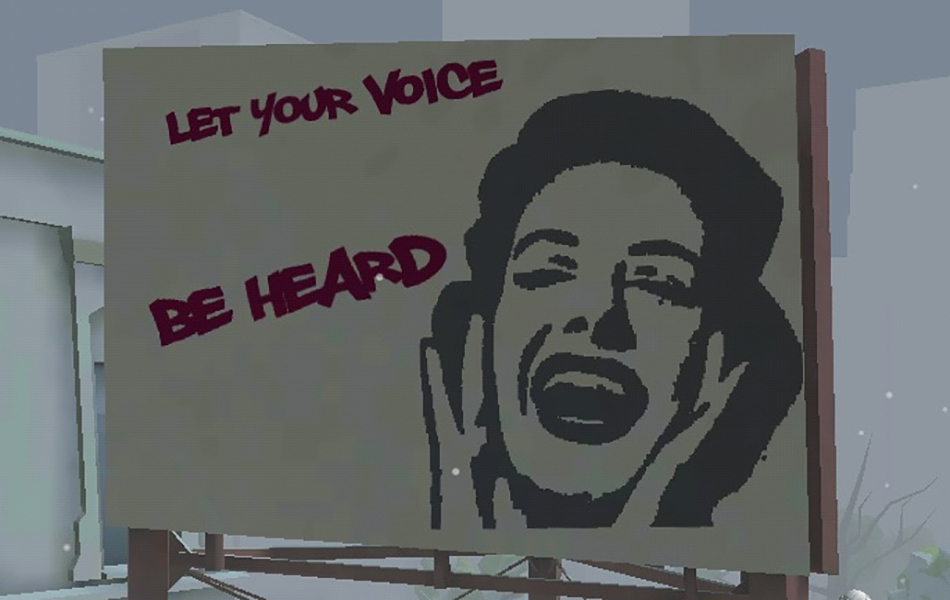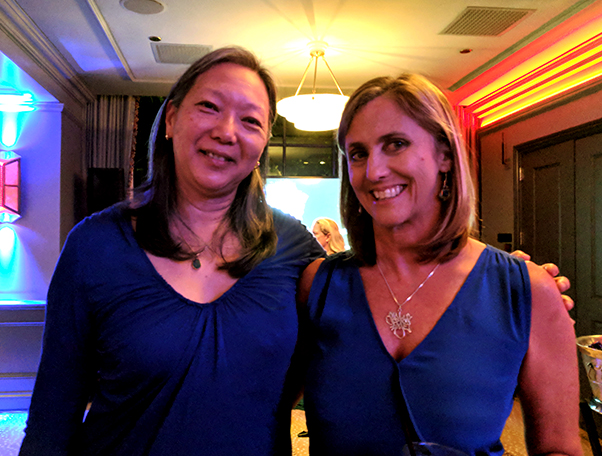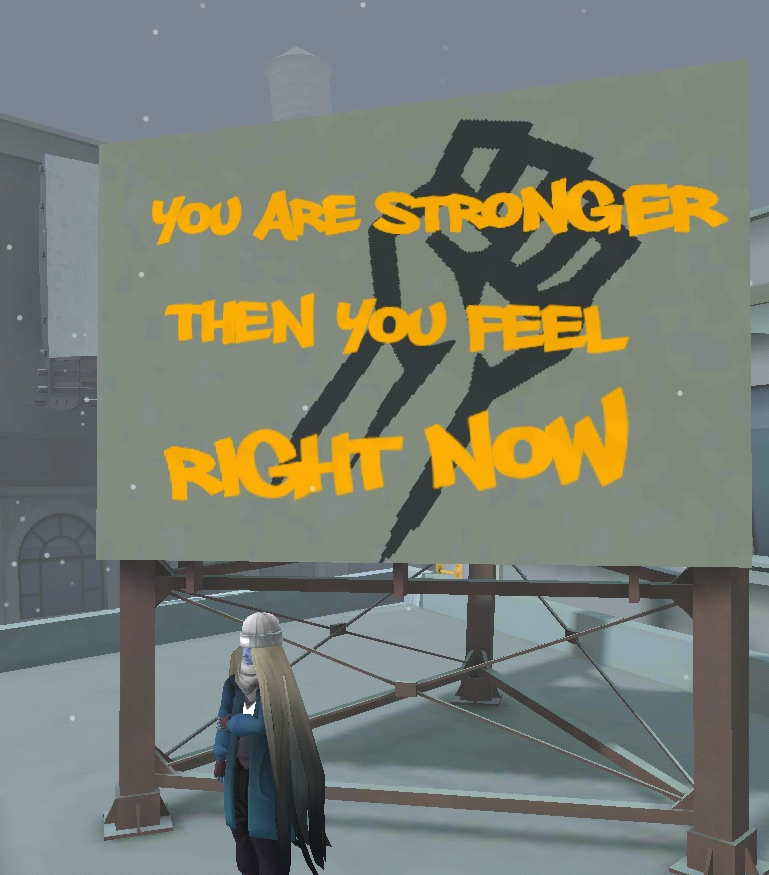
New Mobile Game Empowers Teens Dealing with Illness

At age 24, Sheri Sobrato Brisson was diagnosed with a malignant brain tumor. At the time, people had a hard time understanding what she was going through, and it certainly wasn’t easy to talk about. Since then, she’s realized that, “The feelings I had buried while I was in the thick of it – they needed to be heard.”

As a brain tumor survivor, Brisson has been dedicated to providing kids and young adults with the tools to acknowledge and address the emotional challenges of being sick.
Inspired by the 25th anniversary of her survivorship, Brisson worked with Rose Offner to co-author the Digging Deep journal, a workbook that guides children going through the emotional experiences of being sick. After reaching over 35,000 children through philanthropic distribution of the book, Brisson has turned her attention to teens.
There is incredible therapeutic value in sharing one’s story, and Brisson hopes to provide teens with a digital platform to express theirs. In the last year, she and a small team have been working on a mobile game that does just that.
Released last month, Shadow’s Edge is the first mobile game for teens dealing with serious or chronic illness. The goal is to help teens deal with the emotional experiences of being seriously ill.
The game starts by introducing players to a stark, post-apocalyptic landscape, and charges them with a mission to restore the deserted city. As the adventure progresses, players collect missing pages from a mysterious book, and are prompted to write private journal entries. Through the journaling process, players earn stencils and tools for creating graffiti in the city. Slowly, the stark landscape becomes more colorful, filling with graffiti and plants, as the former artistic utopia is restored and its people brought back.

By incorporating journaling into the game, Brisson and her team hope to address the same topics that might be discussed in therapy – but in an organic, vibrant way that allows teens to explore their feelings at their own pace. As she explained, “They have something to say, and something to be heard.”
The social component of the game, a ‘Shadowgram’ network, allows teens to share their artwork with other players. Part of the benefit of the game comes from knowing that other teens are facing the same emotional experiences. Describing her own brain tumor experience, Brisson said, “Putting yourself out there gives people something to relate to, and draws them in. It’s what has brought incredible richness to my life, and is one of the most important things I’ve learned from my illness.”
Nothing is more powerful than having your story witnessed.
Brisson is the first to admit, “No game is going to heal someone.” But, “that comes from within, and we hope Shadow’s Edge helps people reach that more easily.” Through over 500 correspondences with teens that beta-tested the game, Kevyn Eva Norton of the design team found that Shadow’s Edge did have an impact on two critical factors of resilience: the players’ optimism and positive self-identity.

For teens dealing with serious illness, this game represents a way for them to not only take charge of their emotional health, but also feel connected to others in a similar situation.
In the future, the Shadow’s Edge team hopes to expand the social community aspect of the game. At the app’s launch party, game producer Rosemary Lokhorst described a possible opportunity for augmented reality (AR) to be added to the game. If players could tag their artwork to physical locations in the real world, like a hospital room, then the player could be surrounded and inspired by their work. Moreover, other players would be able to open the app and ‘see’ the artwork left behind. Lokhorst jokingly calls this a ‘reverse Pokemon,’ referring to the popular AR game that overlays images of imaginary creatures onto a live view from the phone’s camera.
Indeed, the strength of Shadow’s Edge is that it encourages teens to express themselves through writing and art, to build resilience in the face of serious illness. As Brisson explained, “Nothing is more powerful than having your story witnessed.”
Shadow’s Edge is now available for free download – learn more about the new mobile game.